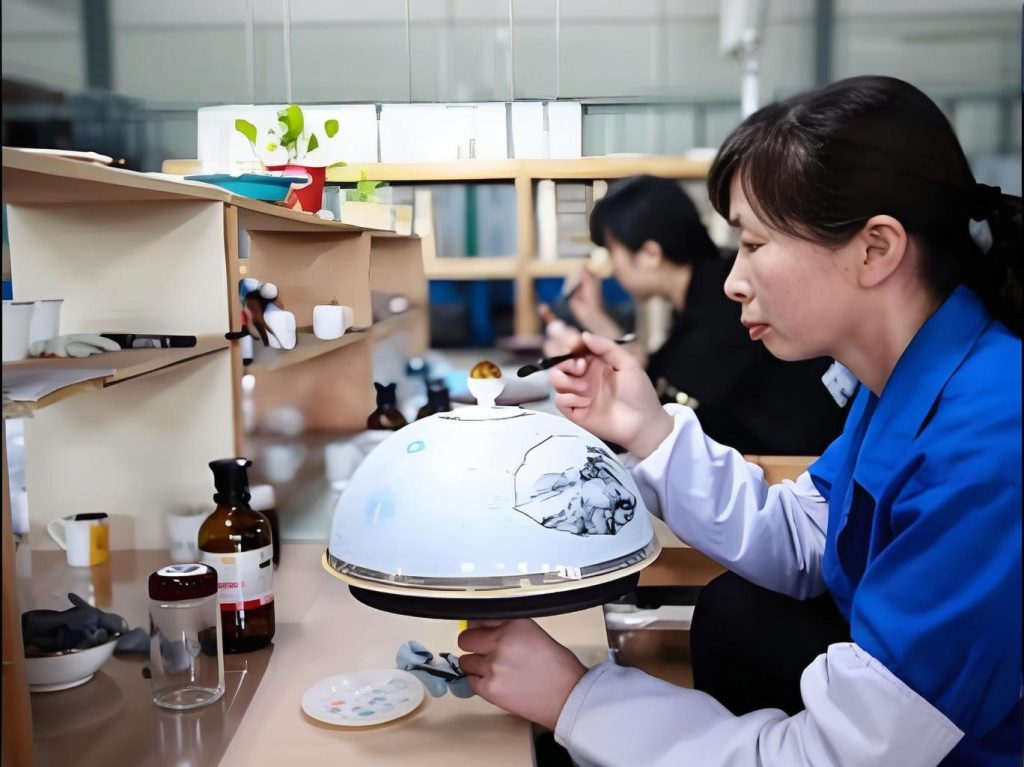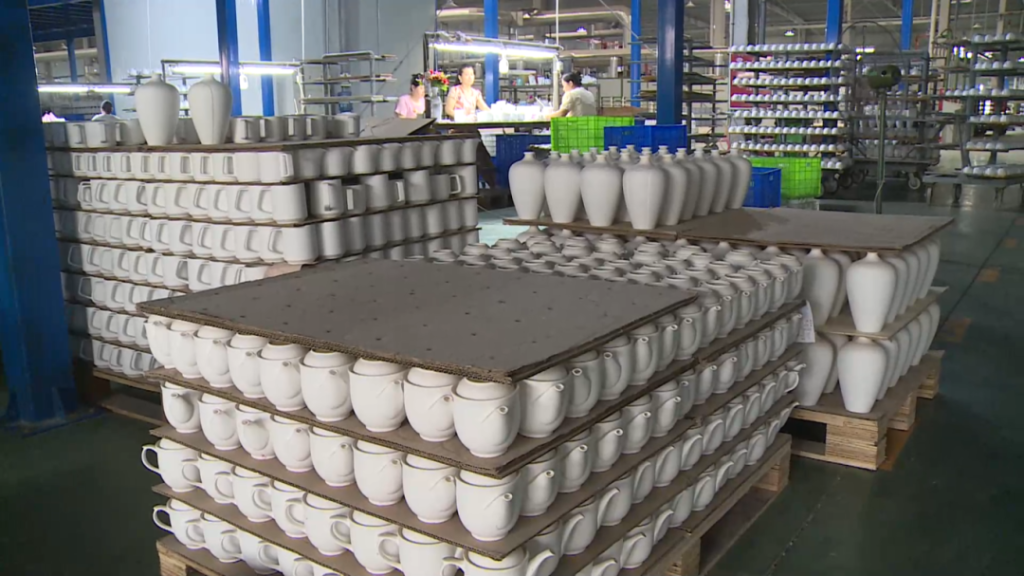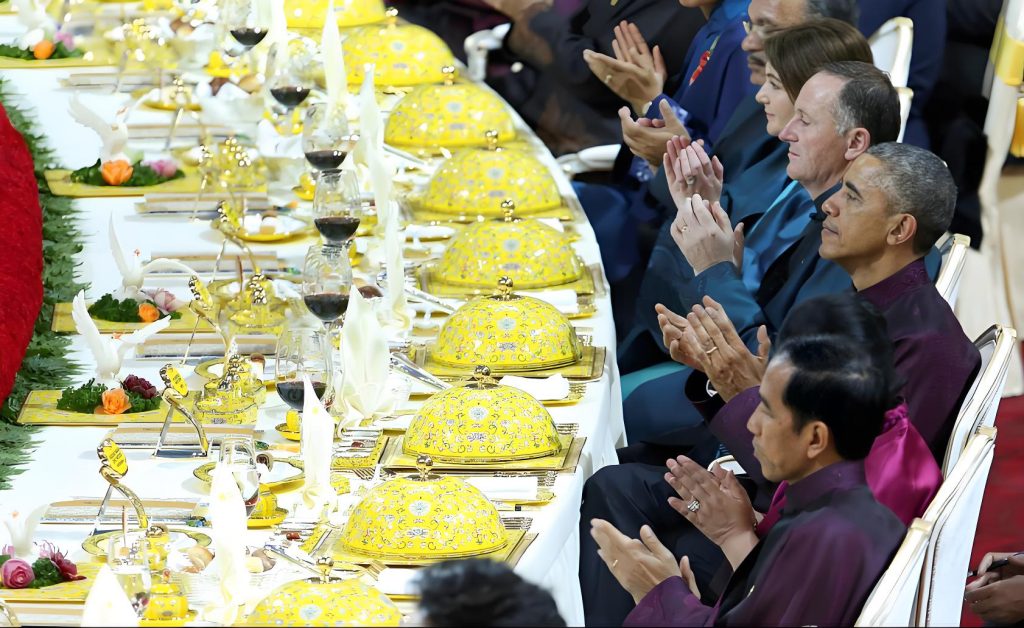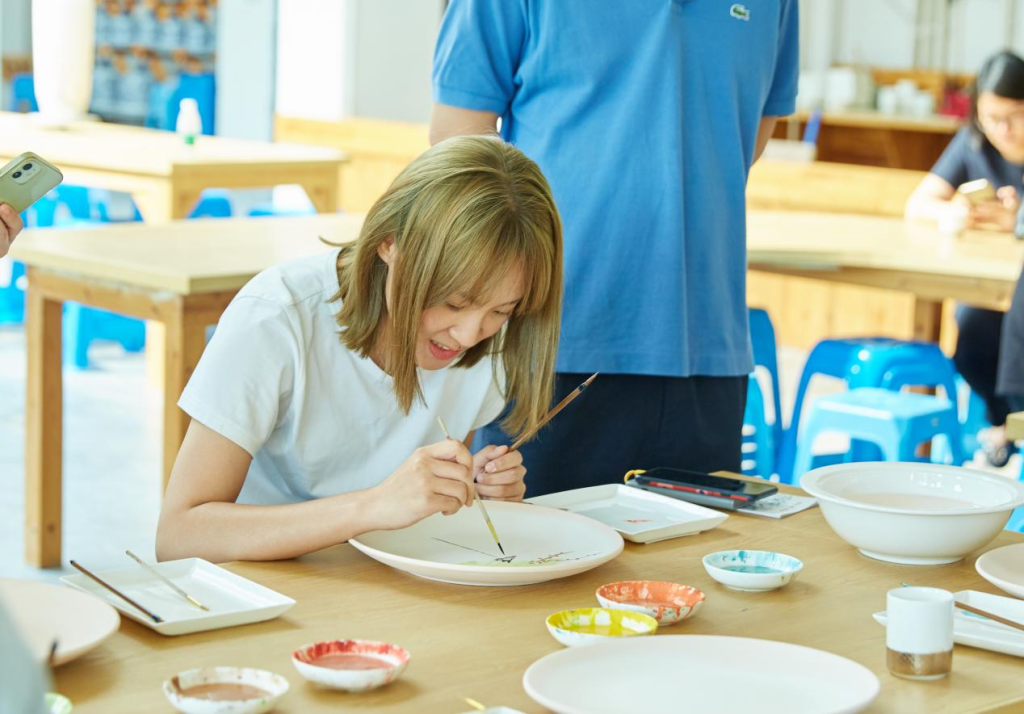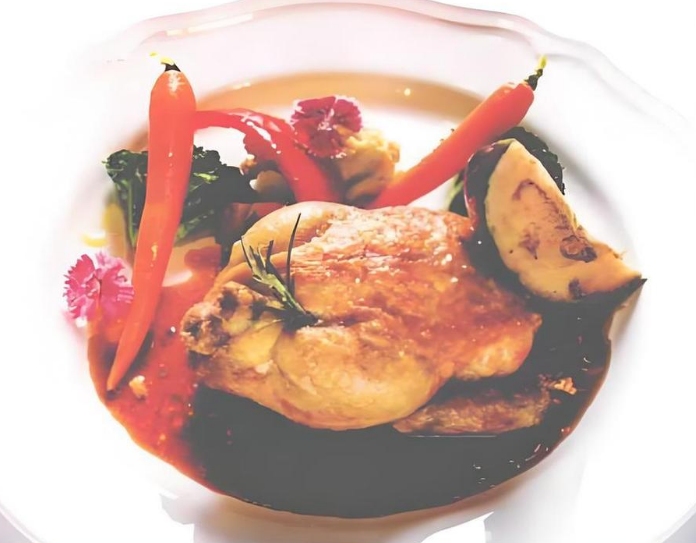The Art of “Imperfection” on Your Table: Unveiling the Charm and Controversy of Reactive Glaze Dinnerware
To be honest, when I first saw that set of deep blue bowls at my friend’s house, I thought they were handmade pottery. Each bowl had different textures—some resembled starry skies, others ocean waves, and even the interior and exterior of the same bowl showed subtle color variations. My friend smiled and said, “This is the charm of reactive glaze. The salesperson specifically emphasized that ‘each piece is one of a kind.’”
This piqued my curiosity: In an era of modern manufacturing that pursues standardization, why has reactive glaze dinnerware suddenly become popular? Is it really worth 30%-50% more than regular dinnerware?

What Is Reactive Glaze? Not a Defect, but “Planned Serendipity”
Searching “reactive glaze” on Quora, the top-voted answer comes from a ceramic engineer:
“The core of reactive glaze lies in ‘controlled unpredictability.’ During firing, metal oxides in the glaze (such as iron, copper, and cobalt) undergo chemical reactions at temperatures above 1200°C, producing unique color flows, spots, or crackle effects. The temperature curve of each kiln, atmosphere (oxidizing or reducing), and even placement position all affect the final appearance.”
Simply put, it’s about deliberately allowing the glaze to “lose control,” but keeping that loss of control within aesthetic boundaries. This is completely contrary to traditional dinnerware’s pursuit of “every piece identical.”
On Reddit’s r/Ceramics community, there’s a popular post where a user complains: “I bought 6 cups and found 2 leaning green, 3 leaning blue, and 1 almost gray… Customer service said ‘this is normal.’ Should I return them?” The comments below are polarized:
- Supporters: “That’s the handmade feel! If you want perfect uniformity, go buy IKEA’s white porcelain.”
- Skeptics: “I’m paying for dinnerware, not a mystery box… It should at least be within an ‘acceptable range.’”
This controversy actually exposes the first core issue of reactive glaze: managing consumer psychological expectations.
Why Would Tableware Manufacturers Take This Risk?
From a production perspective, reactive glaze is actually “quite troublesome”:
- Yield rates are 15%-25% lower than ordinary glaze (because overly extreme effects get rejected)
- Difficult to establish strict color card standards
- Potentially higher customer complaint rates
But why are more and more tableware manufacturers betting on this category? A product manager working for a Nordic brand shared internal data on Reddit’s r/manufacturing:
“Although our reactive glaze series is priced 40% higher, its repurchase rate is 1.8 times higher than regular products. The key reason is that it creates ‘emotional added value’—customers feel ‘this is my unique piece.’”
Essentially, this is using industrial methods to simulate handcrafted feel. In the context of consumption upgrading, people are no longer satisfied with just “functional,” but also want “a story.” Reactive glaze hits this psychological sweet spot:
- Millennials love showing off “non-duplicate” dinnerware on Instagram
- Minimalism prevails, but pure white is too cold; reactive glaze’s natural textures become the balance point
- Growing environmental awareness makes “durable + unique” encourage long-term use rather than frequent replacement
Real User Experience: A “Buyer’s Guide” from Quora and Reddit Users
I compiled over 20 highly-rated discussions and found several key points:
✅ Advantages (Repeatedly Mentioned)
- Low Visual Fatigue
One user said: “After 3 years of use, I still notice new details every time I pick up a bowl—something solid-color dinnerware can’t achieve.” - Strong Concealment Ability
“Minor scratches or tea stains actually blend into the texture, unlike white porcelain where they’re so obvious.” (This is quite practical) - Flexible Matching
Because it has inherent “design sense,” mixing and matching different series doesn’t look awkward.
❌ Complaints (Things to Note)
- Color Difference Anxiety
“I bought 4 bowls and restocked, but the new ones are obviously a shade darker than the old ones… Even though I know it’s a feature, my OCD says it’s uncomfortable.”
Suggestion: Buy enough quantity on the first purchase, or choose styles with high color difference tolerance (dark colors hide variations better than light colors). - Not Suitable for Perfectionists
Someone stated bluntly: “If you’re the type who needs dinnerware perfectly organized with uniform colors, stay away from reactive glaze.” - The Trap of Inflated Prices
A Reddit post exposes: “Some brands slap the reactive glaze label on ordinary glaze and raise prices, with minimal actual effect differences. True reactive glaze should show obvious ‘depth’ and ‘fluidity.’”
Identification Method: Look for natural color gradients, bubbles, or crystalline structures on the glaze surface, not uniform single colors with a few decorative spots.
How to Choose? Three Practical Standards
Combining community discussions, I’ve summarized this decision tree:
1. What’s Your Usage Scenario?
- Daily home use → Choose neutral colors (gray, beige, deep blue), timeless and versatile
- Guest entertainment → Bold high-saturation or metallic luster styles
- Restaurant commercial use → Be cautious! Unless going for a “personalized” route, color differences will draw customer complaints
2. How Much “Surprise” Can You Accept?
- Conservative: Choose “controlled reactive glaze” (relatively predictable effects, like some Japanese brands)
- Adventurous: Go directly for limited editions from niche European and American brands
3. How to Allocate Your Budget?
Don’t buy a full reactive glaze set! A smart matching plan:
- Main dinner plates in reactive glaze (visual focal point)
- Bowls, cups, and other high-frequency items in regular glaze (more durable)
- This provides design sense while controlling costs

Let’s Talk About Something “Not So Beautiful”
The popularity of reactive glaze has also spawned some problems. A former employee of a tableware manufacturer revealed on an anonymous forum: “To pursue ‘uniqueness,’ some factories deliberately lower quality inspection standards, packaging what should be defective products as ‘art pieces.’”
This reminds me of that classic question: When “imperfection” becomes a selling point, how do you distinguish real imperfection from fake imperfection?
My view is: Truly good reactive glaze should have “surprises” that are aesthetic delights, not functional compromises. If the glaze cracks affect usability or color depth causes uneven heating, that’s not art—it’s cutting corners.
Back to the opening question: Is reactive glaze dinnerware worth buying?
If you:
- Enjoy the feeling that “every use is like appreciating art”
- Don’t mind color differences between pieces
- Are willing to pay a premium for “uniqueness”
Then the answer is yes.
But if you just think others’ photos look nice, while actually caring more about practicality and uniformity… stick with classic styles. After all, the most important thing about dinnerware is making you happy during every meal, not agonizing before every table setting about “whether this bowl matches that plate.”
What about you? Would you pay for a set of “imperfect” dinnerware?
If you have any questions or need to custom dinnerware service, please contact our Email:info@gcporcelain.com for the most thoughtful support!


